5 lawn and gardening jobs you need to do in November
Do these things now to prepare your yard for winter
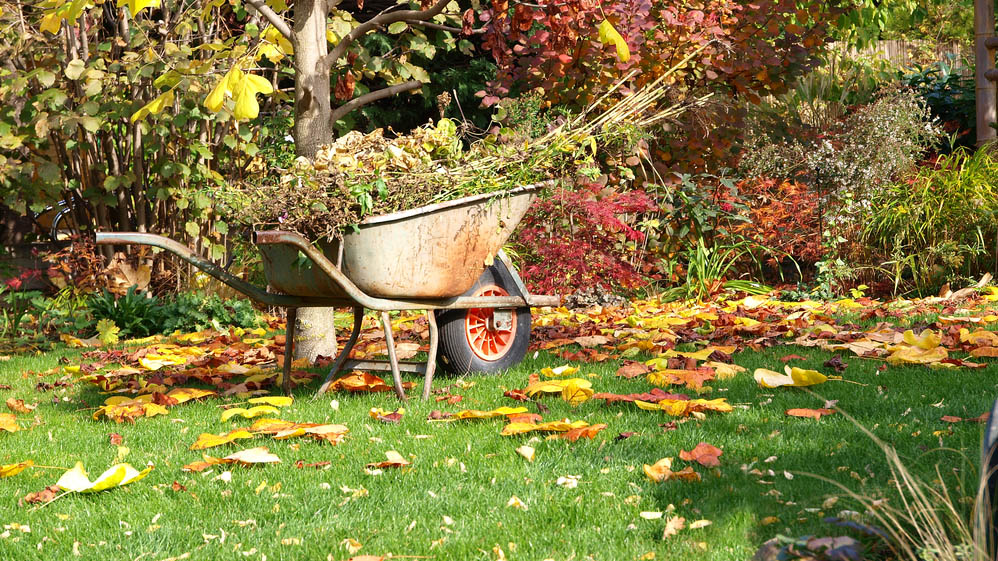
As autumn turns into winter, your yard and garden need some protection. And there are some key jobs you need to do in November to prepare it for those bitter months.
Besides clearing away fallen leaves, stems and branches, preparing your yard in November can make all the difference for when the weather gets warmer. This is because it can help plants, trees and flowers flourish beautifully in time for the spring. So if you want to keep your garden in good shape, these are the 5 jobs you need to do this month.
Before you tackle your outdoor spaces, invest in one of the best gardening gloves and best pruning shears to make chores easier. Just be sure not to make any of these pruning mistakes while you’re at it.
1. Protect outdoor plants from frost
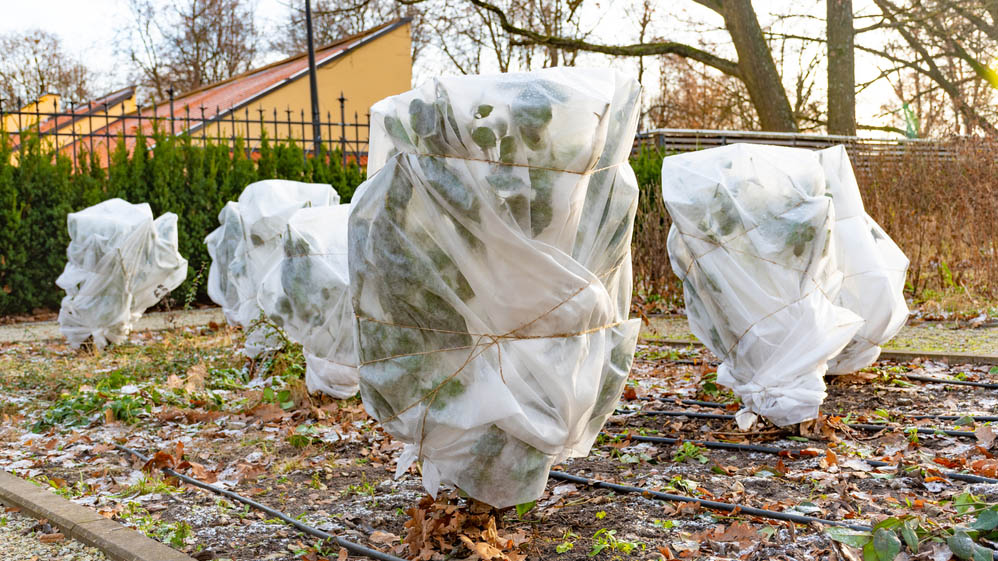
If you’re growing plants or food in outdoor planters or containers, these need to be protected from the frost. Cover these in a special garden fleece, hessian or bubble wrap held with twine, to keep the roots at a stable temperature. It’s also recommended to prune roses to about half their height. This will protect roses from swaying in huge gusts of wind, and prevent any root or soil damage.
In addition, prevent outdoor pots/containers from becoming waterlogged by raising them off the ground, or relocate certain ones indoors. ”Protect tender plants from winter damage by relocating them inside or into a greenhouse,” suggests Chris Bonnett, founder of Gardening Express. “If that’s not possible, then try placing them against walls, fences or other plants. Alternatively, you can use a horticultural fleece or newspapers to temporarily cover plants when frosts are expected.” These Plant Covers Freeze Protection ($17, Amazon) are ideal for protecting plants in the winter months.
2. Clear your yard and compost fallen leaves
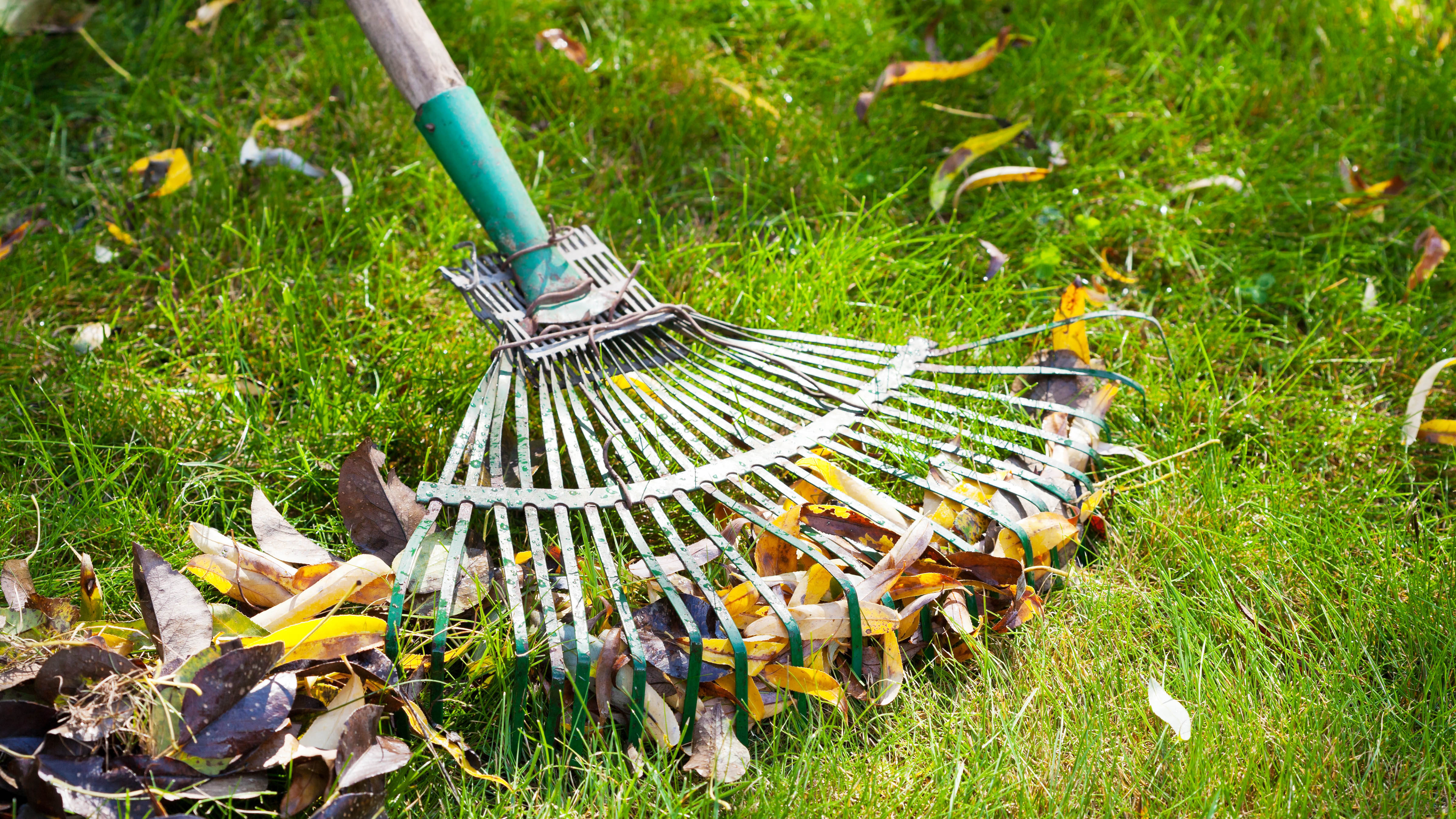
This may seem like a tedious task, but ensure you clear away fallen leaves, branches or debris with a suitable rake, or a good leaf blower. While having some leaves on the ground can be beneficial, raking leaves is an important part of lawn care to ensure your grass stays healthy and greener for spring.
If not, a thick layer of leaves can suffocate the grass blades, and deprive it from essential nutrients it needs to thrive. Once you’ve mastered how to rake leaves properly, you can repurpose your leaves around the garden. “Put the pesky dead leaves to good use by collecting them from the lawn and turning them into compost,” suggests Bonnett. “If you want to speed up the composting process then make sure to shred the leaves before adding them to bin bags or a compost pile.”
Sign up to get the BEST of Tom's Guide direct to your inbox.
Get instant access to breaking news, the hottest reviews, great deals and helpful tips.
For more ideas on recycling your leaves, check out these 5 ways to use fallen leaves, and learning how to use a leaf blower the right way will make the task so much quicker.
3. Start sowing for spring
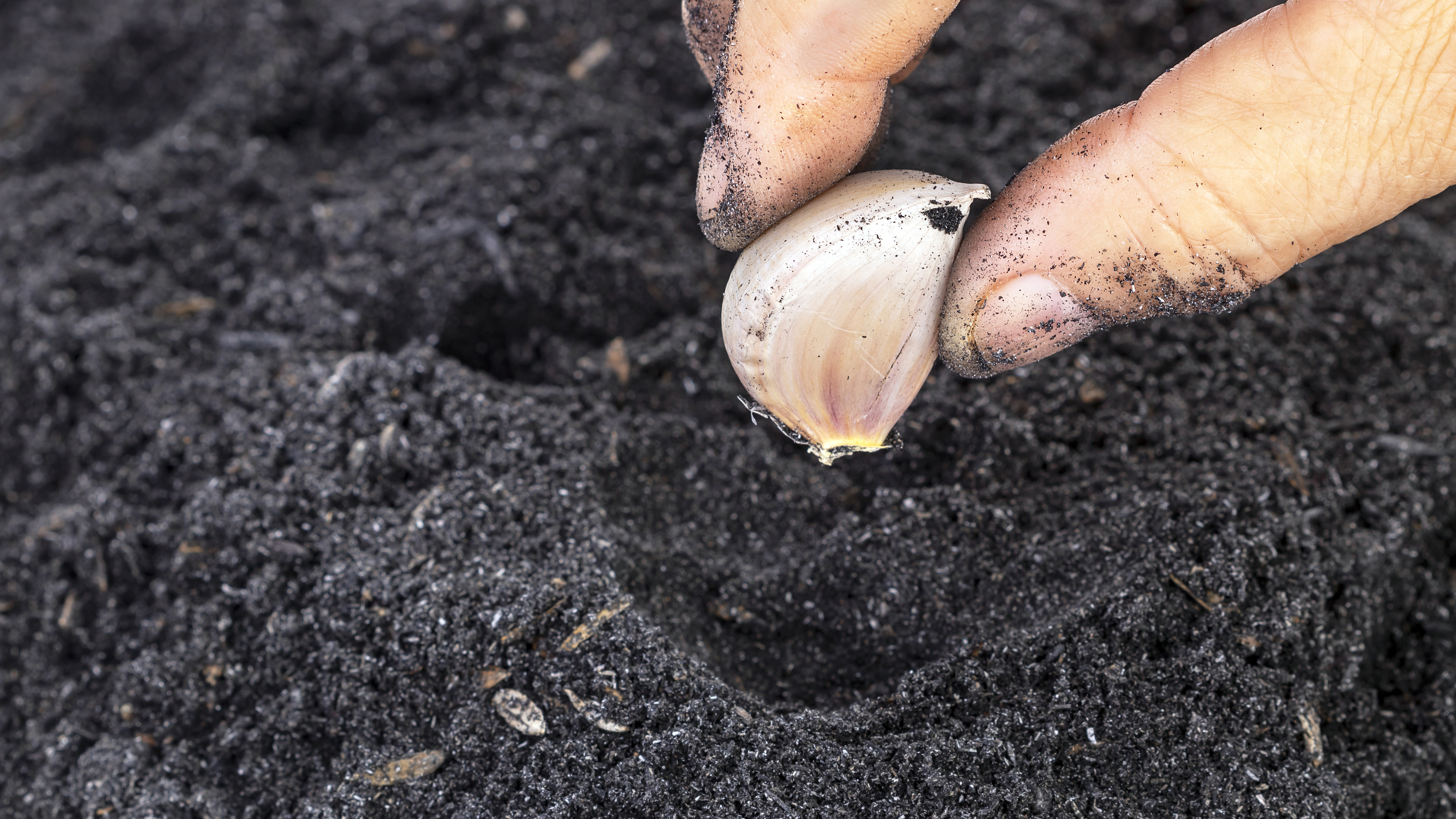
It may be cold outside, but there are several things you can plant in November which you can reap the rewards for in spring. These include flowers, bare root shrubs, trees and even vegetables for spring harvest. In fact, growing garlic, broad beans and onions are best sowed in the fall, and require very little maintenance. “November is the ideal time to plant bare root trees and shrubs,” agrees Bonnett. “Bare root plants include rose bushes, fruit trees and native trees such as hazel, beech and ash.”
If you decide to grow herbs, we recommend using a growing tray, such as the 10-Pack Seed Starter Kit ($19, Amazon), before converting them to your outdoor beds. Hardy herbs such as rosemary, parsley, thyme and chives can handle colder temperatures.
4. Prune trees and shrubs
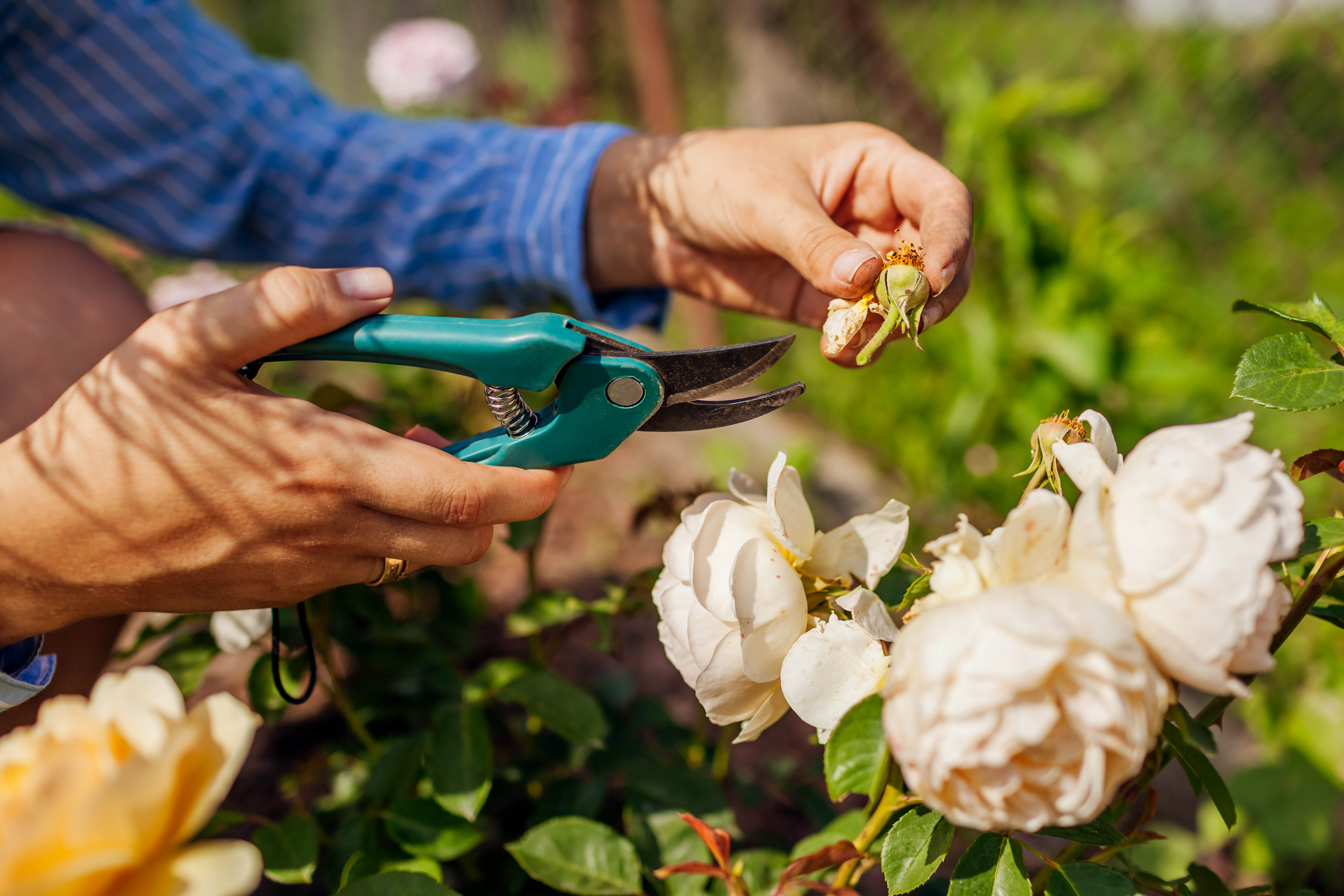
November is the ideal time to prune trees, shrubs or flowers with one of the best pruning shears. Pruning is essential for removing dead or diseased branches, and encouraging healthy growth. “The best time to remove damaged and diseased growth is after dead leaves have fallen and the trees and shrubs have become dormant,” advises Bonnett, “pruning will give your plants protection over the winter and help them recover in the spring.” This is a good time to prune roses, and if your roses are wilting, learn how to deadhead roses to keep them blooming. In addition, pruning in November can also help to prevent or reduce the spread of disease.
5. Encourage hungry birds into your garden
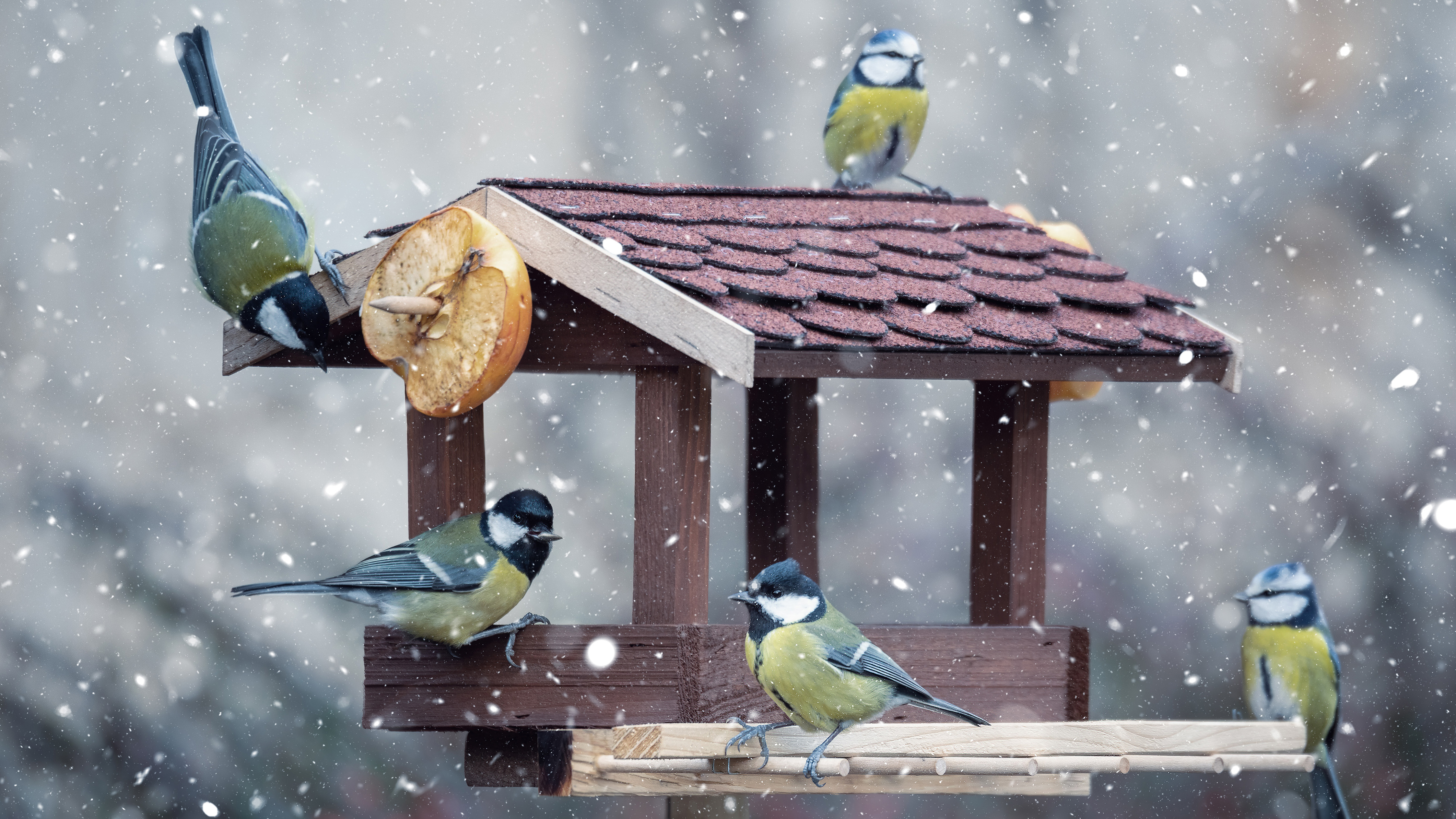
Encourage beautiful species into your garden by providing bird baths or feeders. As food becomes scarce in the colder months, this is the time our feathered friends will rely more on our feeders for survival. And while feeding birds in winter can seem pretty easy, you’ll need to know what type of foods will benefit their health and well-being over winter. What’s more, our feathered friends will keep garden pest numbers down and bring joy on a bleak winter’s day.
If you experience snowfall, check out what to do after it snows in your garden . Be sure to also check out how I've been using this leaf vacuum — and it's a game changer for my yard, I also used four different tools to get rid of leaves — here's what worked best; how to clean gutters — with or without a ladder.

As the Homes Content Editor, Cynthia Lawrence covers all things homes, interior decorating, and garden-related. She has a wealth of editorial experience testing the latest, ‘must-have’ home appliances, writing buying guides and the handy ‘how to’ features.
Her work has been published in various titles including, T3, Top Ten Reviews, Ideal Home, Real Homes, Livingetc. and House Beautiful, amongst many.
With a rather unhealthy obsession for all things homes and interiors, she also has an interior design blog for style inspiration and savvy storage solutions (get rid of that clutter!). When she’s not testing cool products, she’ll be searching online for more decor ideas to spruce up her family home or looking for a great bargain!
